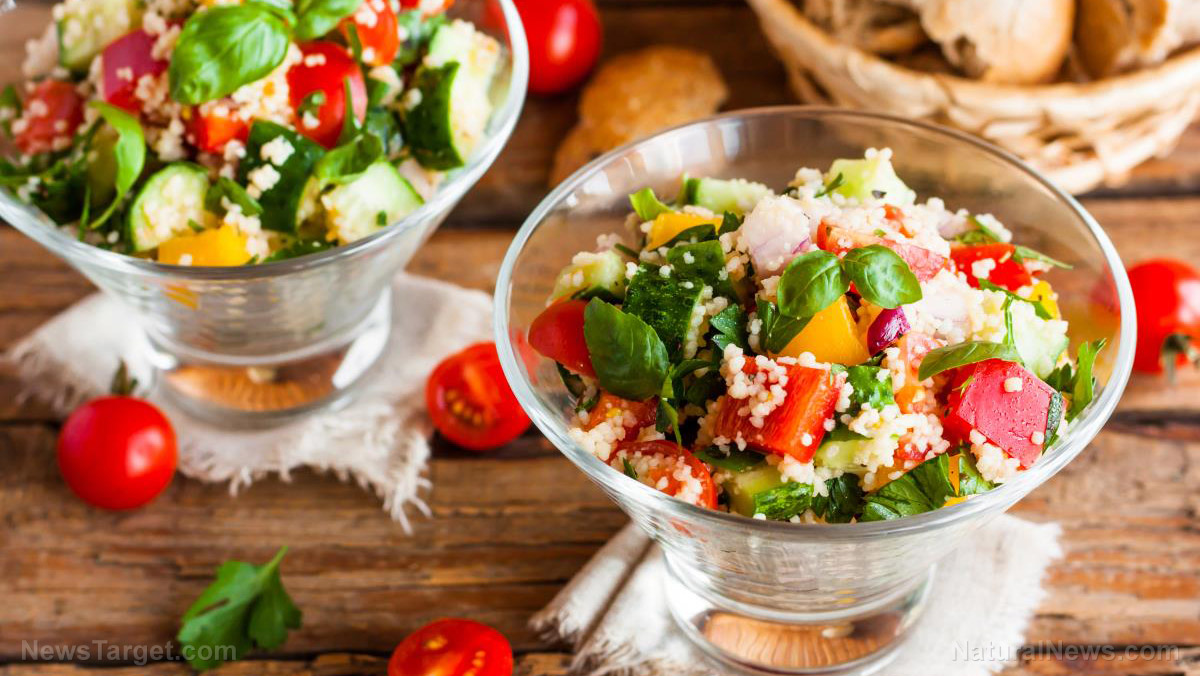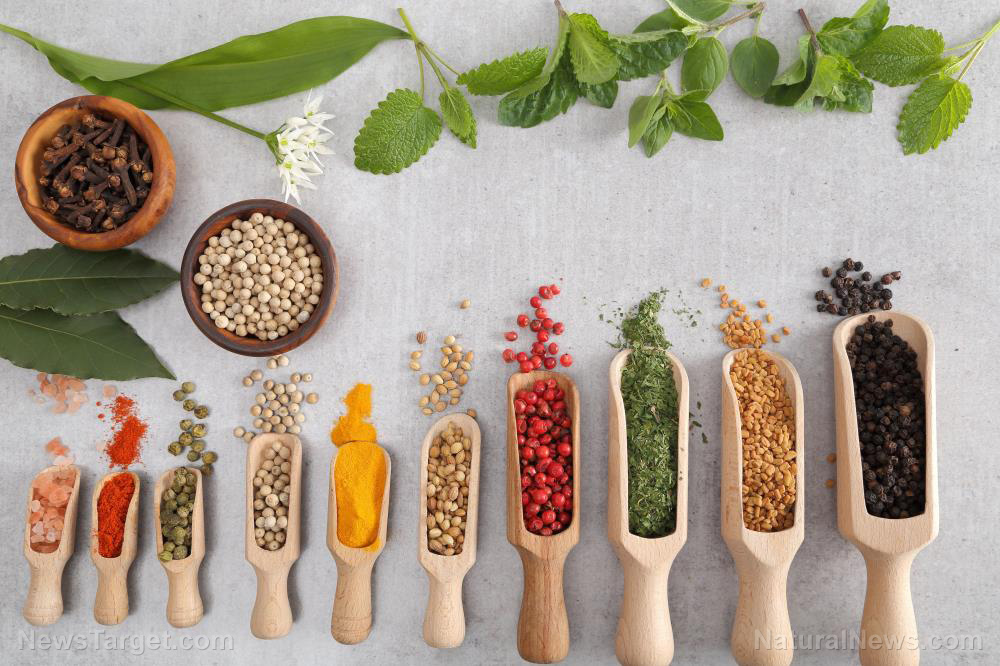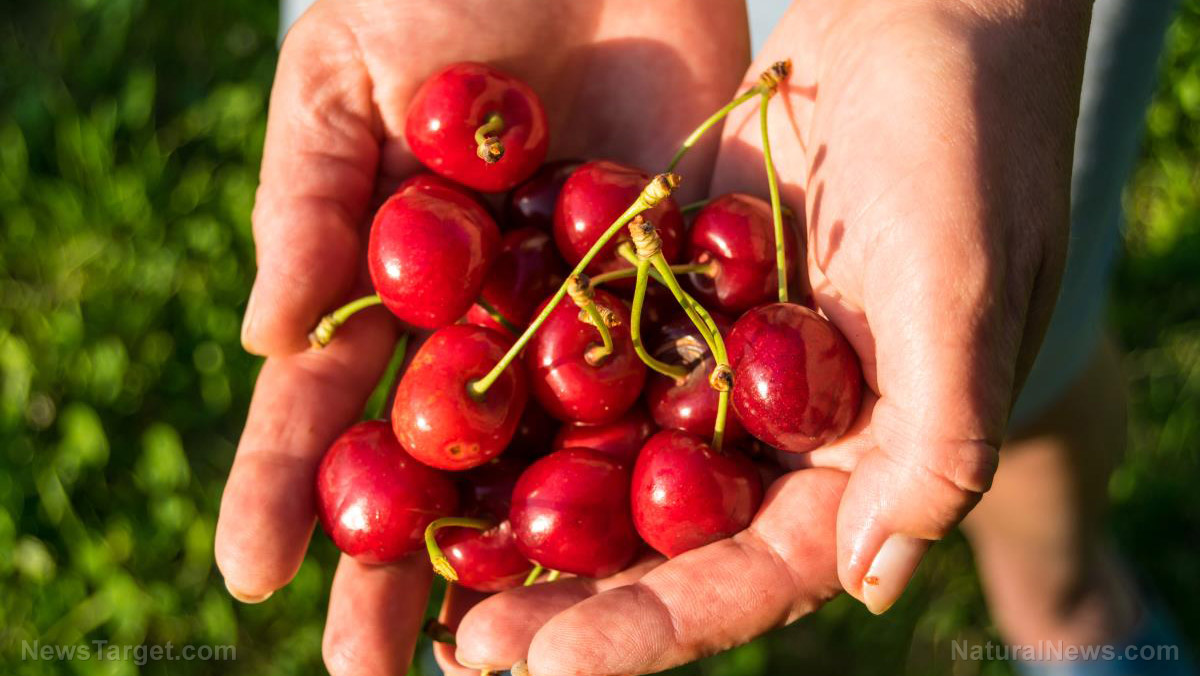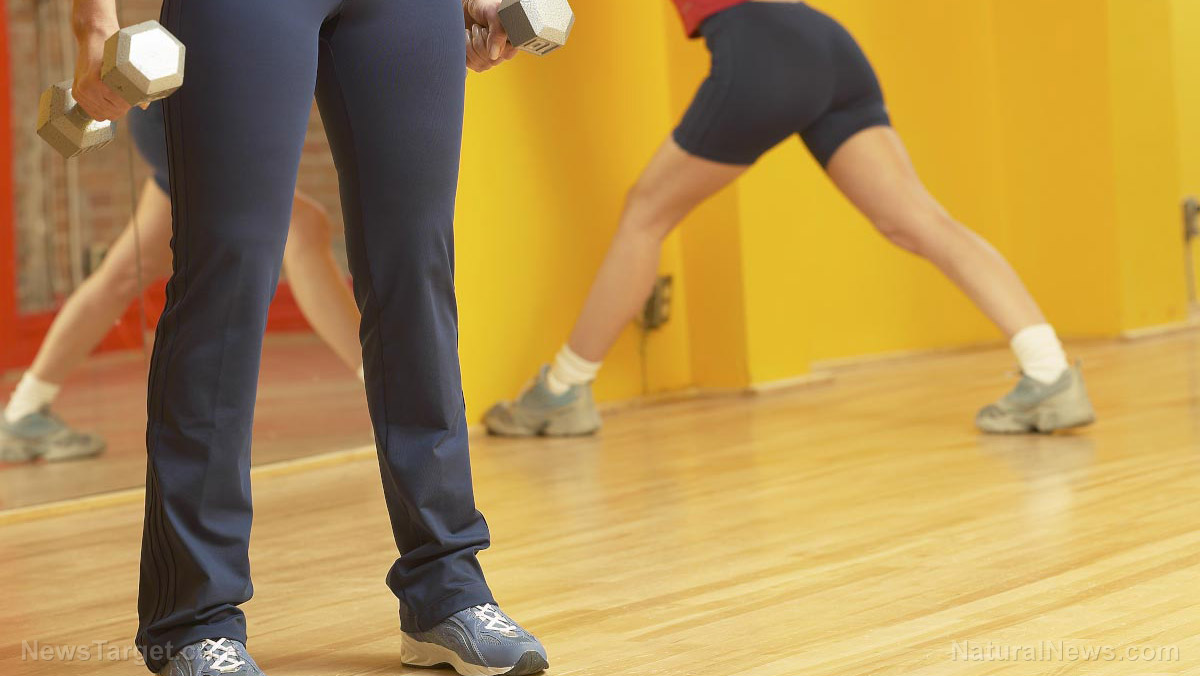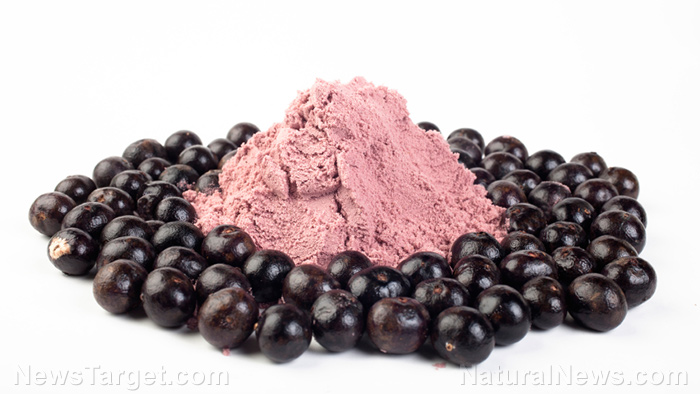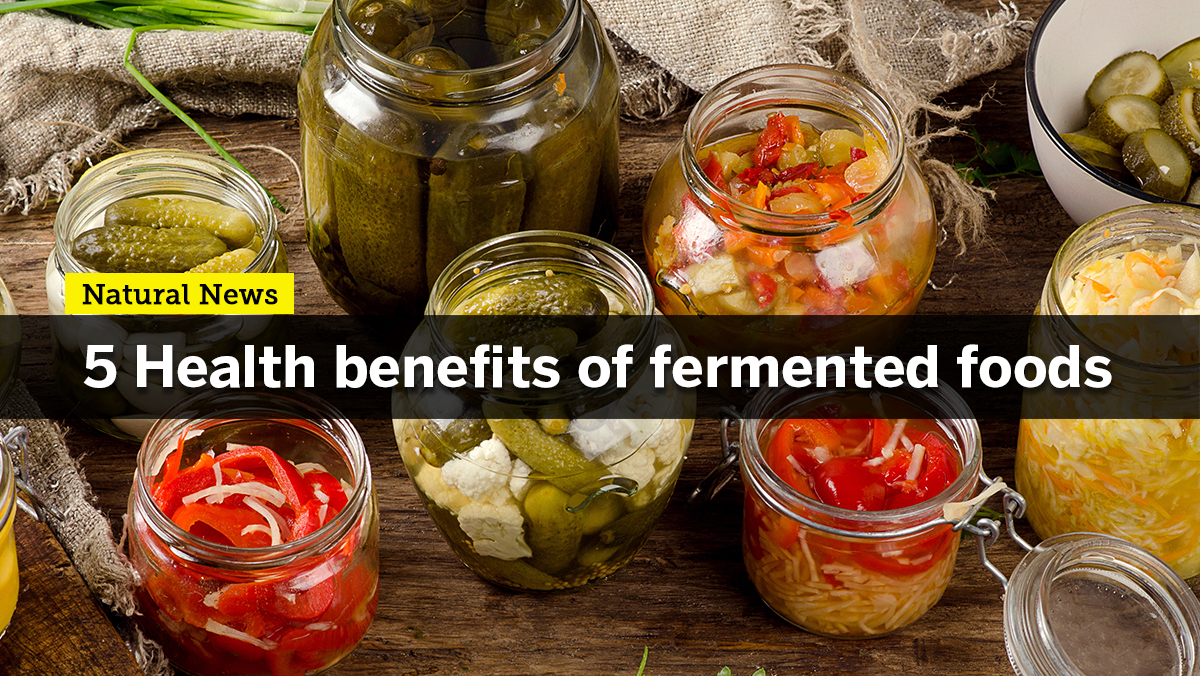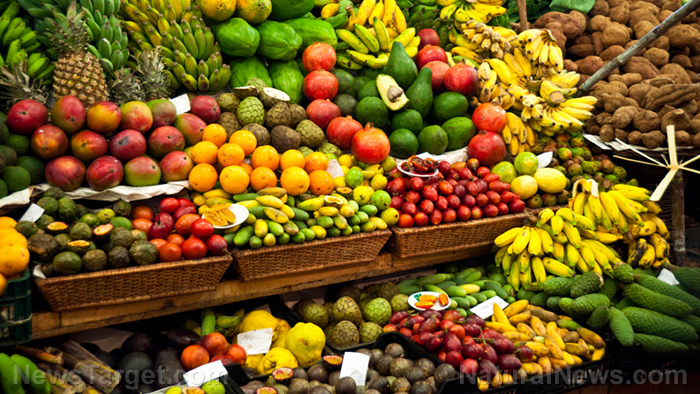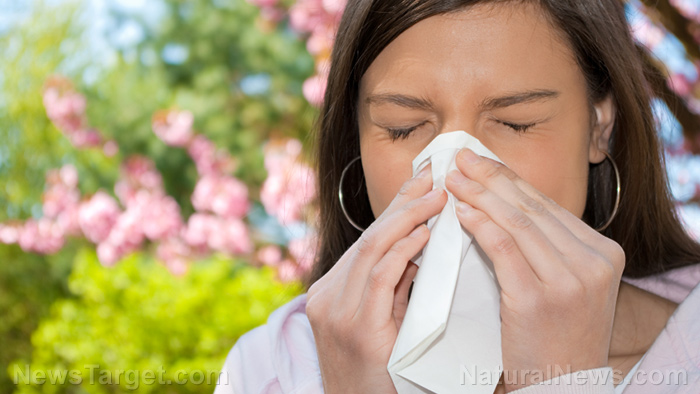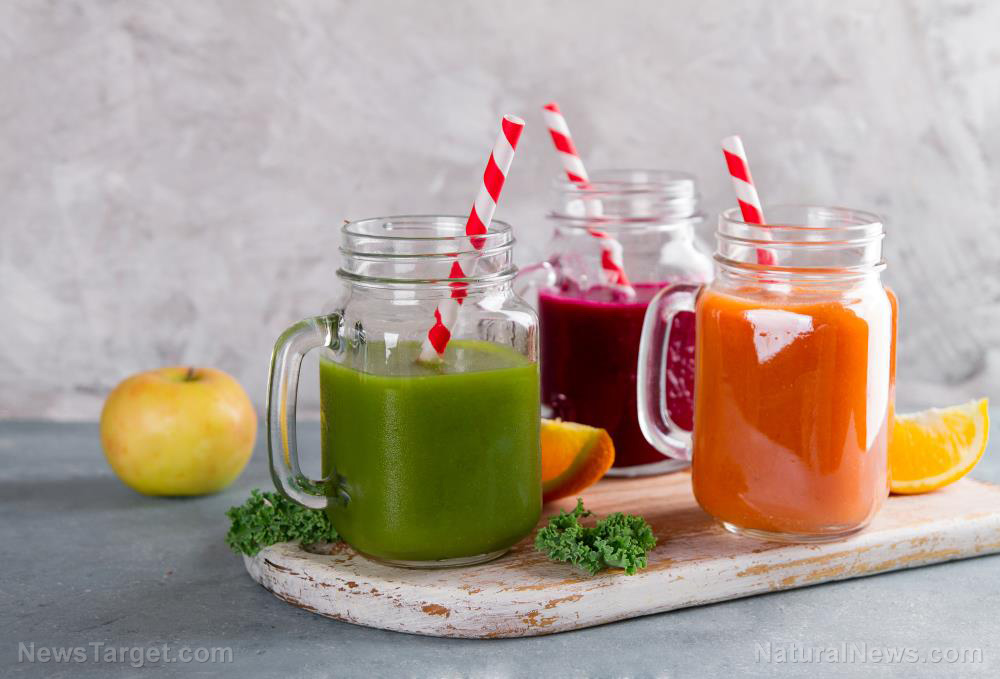Want to build bee-friendly environments? Follow this science-based guide
08/25/2019 / By Edsel Cook
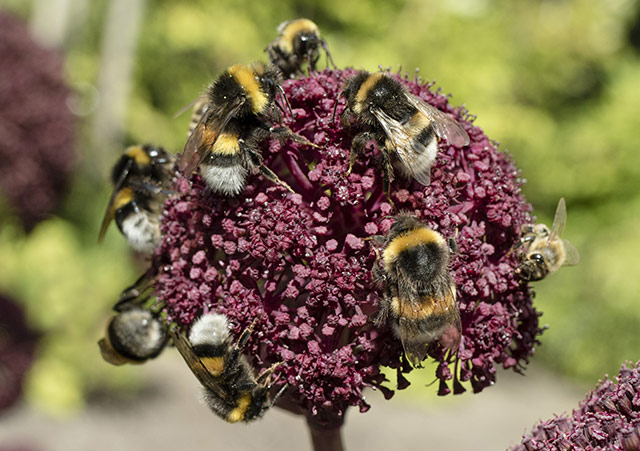
Beekeepers are not the only ones who benefit from making bees more welcome in the garden or yard. By cultivating the appropriate types of flowering plants during each season, people will help support the populations of wild bees that live in urban and suburban areas.
Both natural and agricultural ecosystems depend on the pollinating activities of bees. Around 75 percent of major food crops rely on the intervention of pollinators for reproduction.
When humans expand urban and suburban areas, they often destroy the natural habitats and food sources of native bees. Driven out of their homes and deprived of food, local bee populations diminish in number. The fewer bees present, the less efficient the pollination of the plants growing in the urbanized areas.
Fortunately, it is simple for humans to undo the damage and help bees recover. Bees feed on the nectar and pollen of flowering plants, which provide them with carbohydrates and proteins.
A single shrub or tree may grow hundreds or thousands of flowers during its lifespan. If bees have uninterrupted access to food sources with high-quality nutrients, they may recover their numbers and flourish anew. (Related: Wild bees are ESSENTIAL for producing larger and better blueberries.)
Finding out what flowering plants attract bees
Numerous resources urge homeowners and land care managers to make their environments more hospitable for bees. They often recommend various plants that will help feed the insects.
However, these resources haven’t performed a rigorous evaluation of most of the plants they recommended. It may turn out that some of their selections do not benefit bee populations as much as claimed.
GLYPHOSATE testing is now being applied to all Health Ranger Store branded products. Our in-house lab uses LC-MS-MS (triple quad mass spec). See the full lab science tour video and announcement here. Shop for ultra-clean, lab-tested superfoods, personal care products and more at the Health Ranger Store, the world's most trusted source for clean foods and lab-verified nutritional solutions.
Researchers from the University of Kentucky (UK) sought to remedy this lack of scientific evidence. Led by Dr. Daniel Potter, they surveyed five sample sites in the Ohio Valley region.
Their survey involved 72 species of woody plants, both native and introduced to the region. The researchers observed each species to see if it attracted bees. Potter presented a summarized version of his team’s findings in the webcast “Woody Plants for Urban Bee Conservation.”
Potter found that both native and introduced plants drew various communities of bees. He noted how higan cherry drew the attention of leaf-cutter bees, mason bees, mining bees, and sweat bees. Meanwhile, cherry laurel attracted mining bees and sweat bees, while PeeGee Hydrangea gets visited by bumblebees, honeybees, and sweat bees.
The non-native plants also prolonged the flowering season since they bloomed at different points of the year.
Making bee-friendly gardens, yards, and landscapes
Next, he noted that the form of the flower affected its attractiveness to bees. Humans might like the appearance of flowers with double petals and other artificial modifications, but bees avoid these unnatural-looking plants.
Third, many of the plants that attracted bees were also clear of pests. Homeowners would not introduce new headaches if they planted those species.
In his webcast, Potter identified the woody plants that attracted the most attention from bees. The list included the following:
- Fuzzy deutzia
- Summersweet clethra
- Buttonbush
- Virginia spiraea
- St. John’s Wort
- Dwarf fothergilla
- Winterberry holly
- Glossy abelia
He also advised planting different species of trees and shrubs that flower at different times of the growing season. Doing so gives bees more time and opportunities to stockpile food for the winter when they remain in their hives and live off stored resources.
For example, homeowners may plant cornelian cherry dogwood to feed bees during the early spring. They may also plant bottlebrush buckeye that blooms during the summer. Finally, they may also plant a seven sons flower tree that flowered in the fall.
Sources include:
Tagged Under: bee conservation, bees, conservation, Ecology, environment, flowering plants, flowers, gardening, insects, Plants, pollination, pollinators, trees, urban environments, urban gardening, wild bees
RECENT NEWS & ARTICLES
Natural.News is a fact-based public education website published by Natural News Features, LLC.
All content copyright © 2018 by Natural News Features, LLC.
Contact Us with Tips or Corrections
All trademarks, registered trademarks and servicemarks mentioned on this site are the property of their respective owners.

